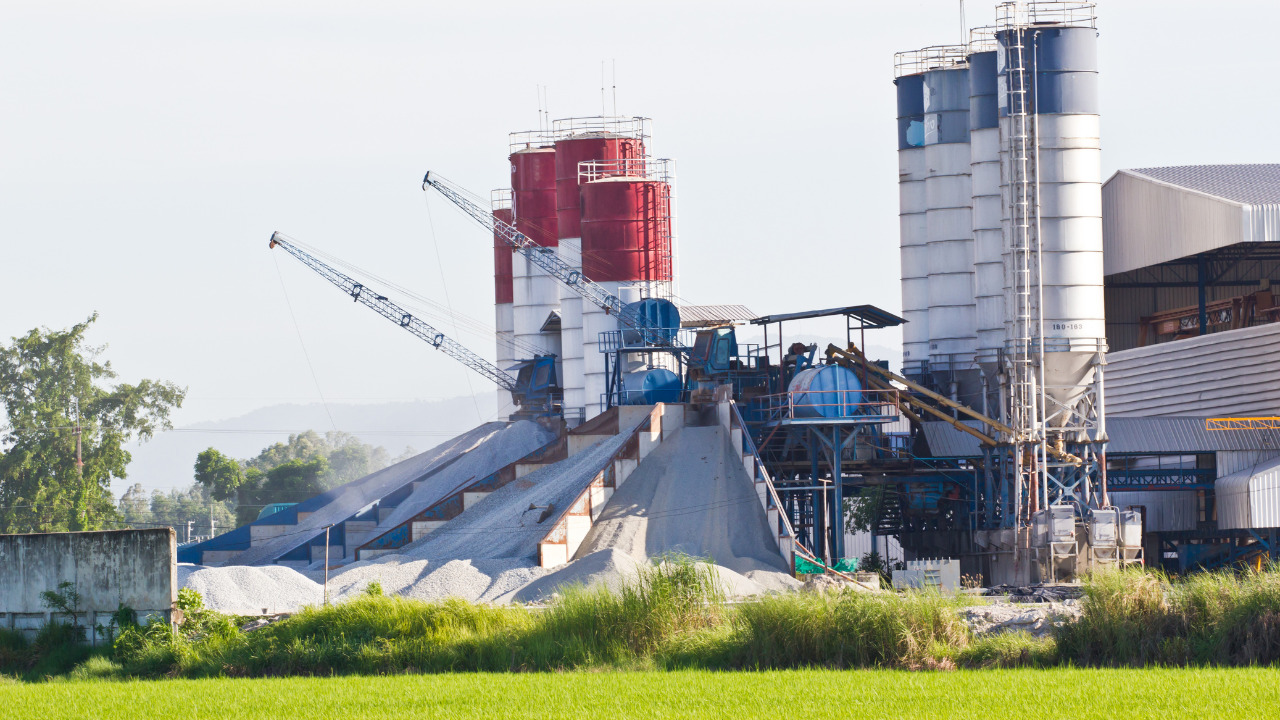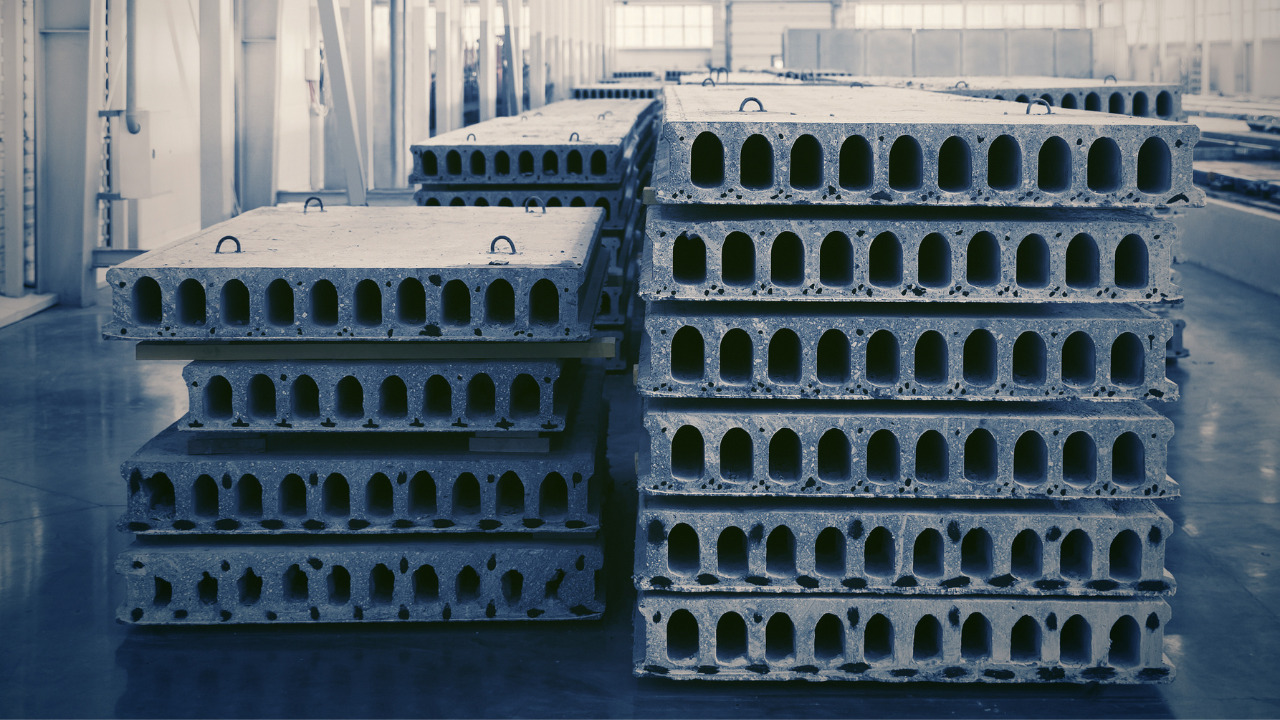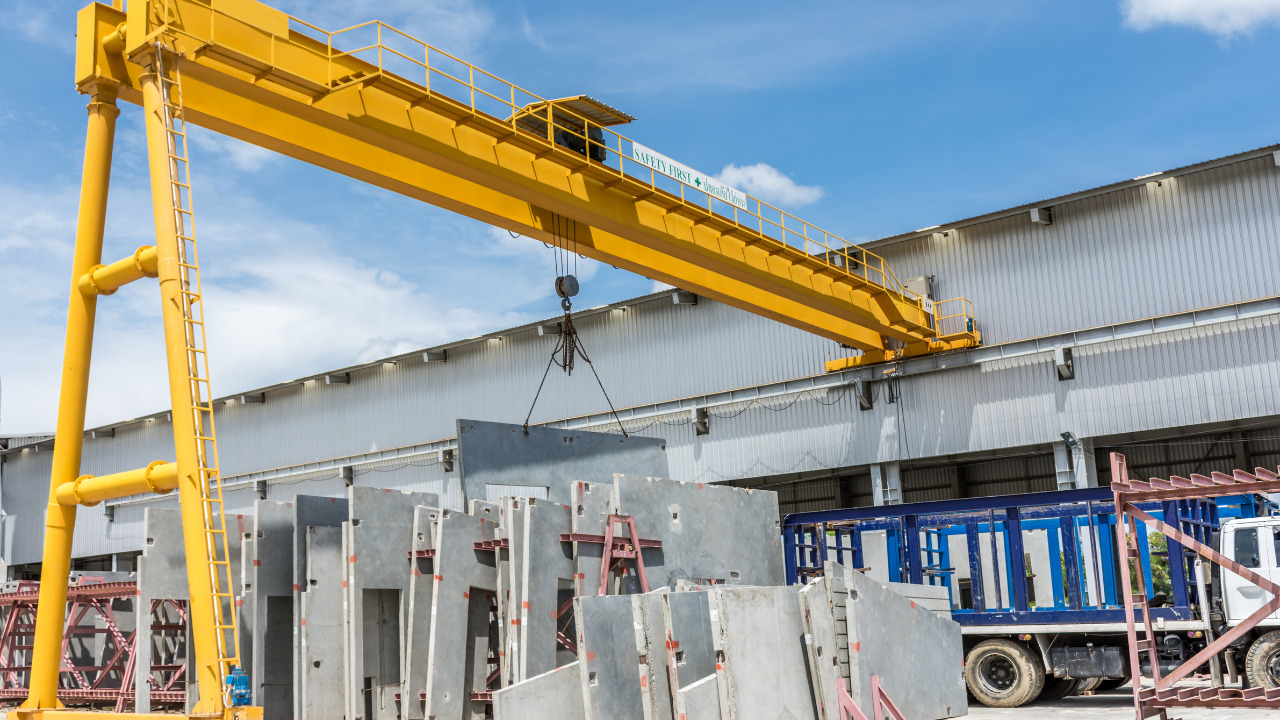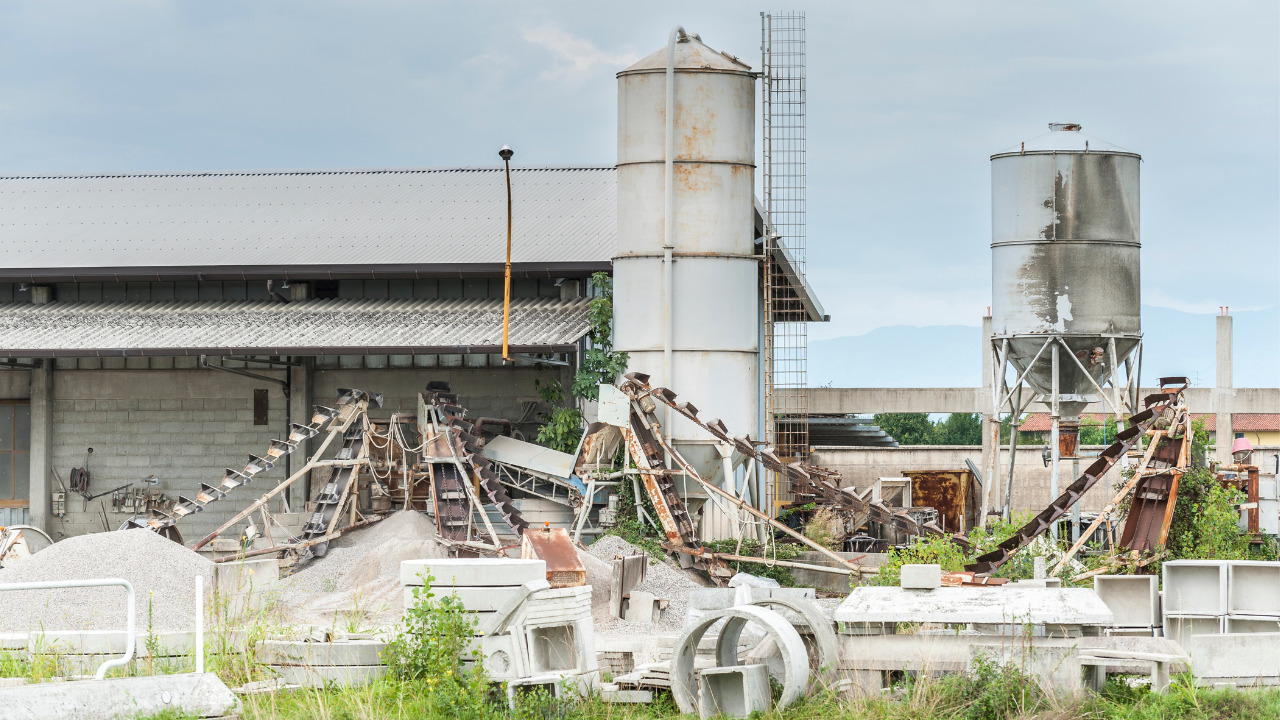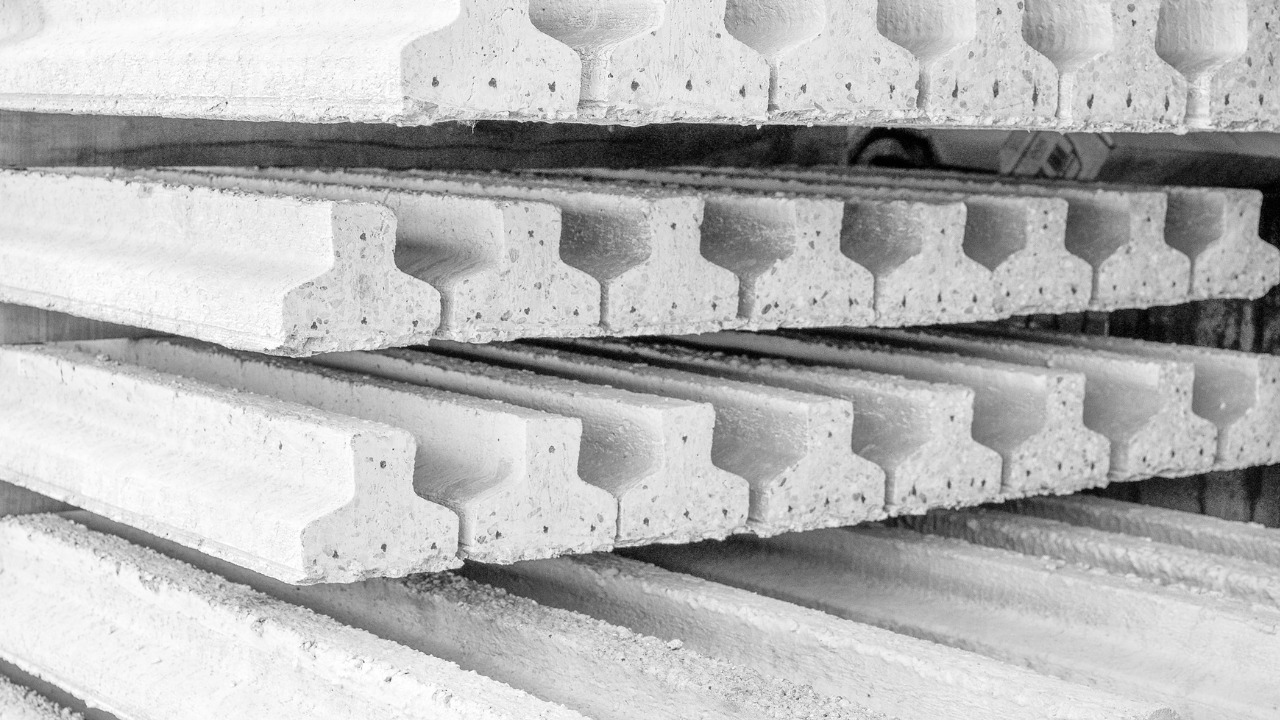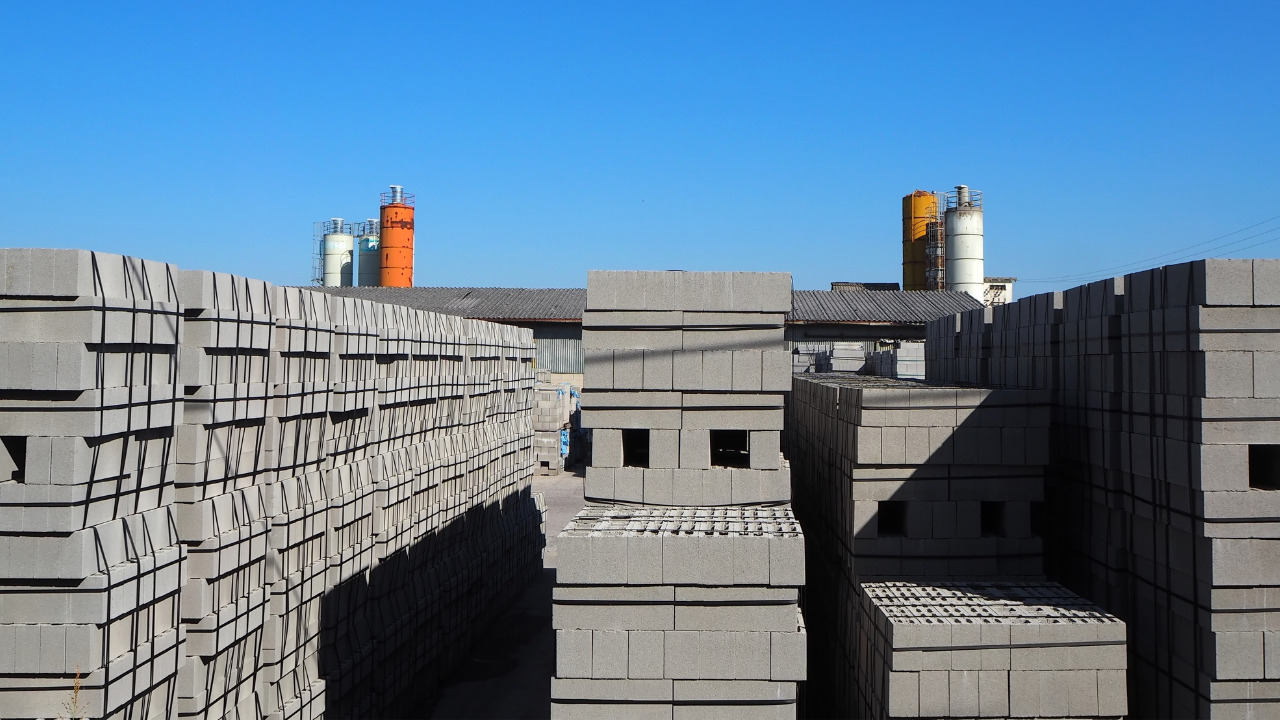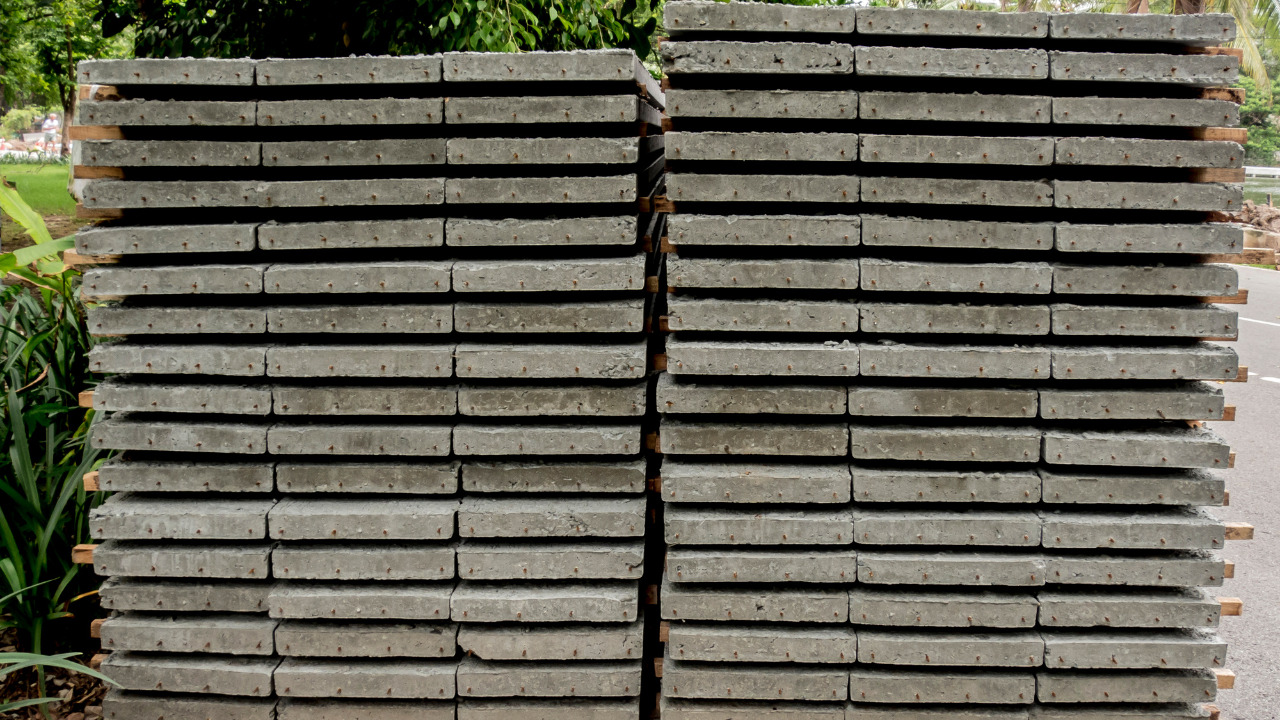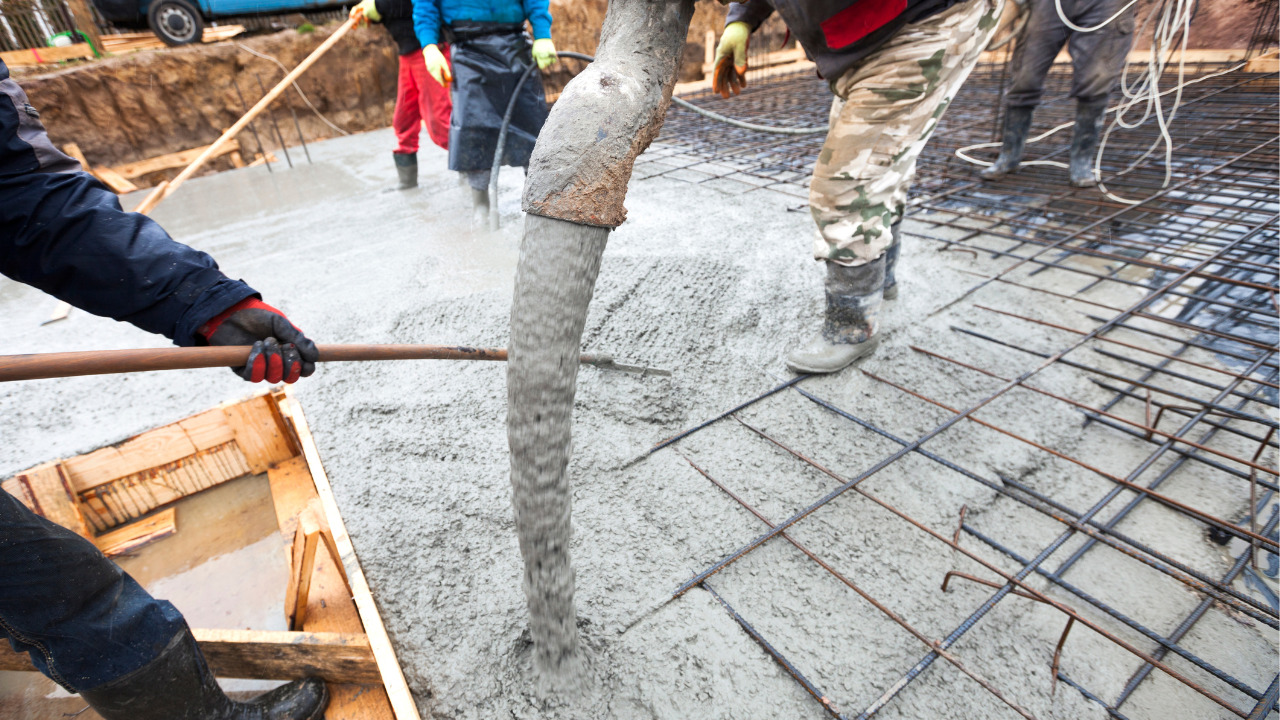Concrete systems refer to the methods that can be used to prepare, transport, place and finish the concrete to where it is to be cast. These methods entail variety and the choice can vary from one project to another and also on the expected costs.
There are many steps that are part of these systems and we shall walk you through all of them. These are to be carried out procedurally to avoid any mishap in the final results.
Following are the 4 main types of concrete systems;
-
Table of Contents
Ready-Mixed Concrete Systems
Ready-mix concrete system is one that prepares concrete at a ready-mix plant from where it is transported to the construction via transit mixers. Normally, this method is used for small to medium-sized construction works.
If we discuss the process, the concrete is batched at the central plant following which it is transported to the construction site in a ready-mix truck. The mixer which carries concrete is also subject to slight rotation enroute. This helps to keep the concrete in plastic and workable state when it reaches the site.
Ready-mix concrete systems offer several advantages over other production and delivery methods. They can produce a variety of engineered concrete mixes to target different compressive strengths as per requirement. From high strength concrete to lightweight concrete mixes, these systems have everything in store for your project.
In addition, ready-mixed concrete systems are very efficient in terms of delivering consistency in their quality. When manual batches of concrete are prepared, you may end up different strengths and properties of hardened concrete. However, ready-mix concrete manufacturing ensures that this problem of variation in quality is repealed by making the process controlled and regulated.
Rigorous quality control measures taken at the RMC plant guarantee that the end product is worth the investment in terms of quality, strength and durability. Another benefit of opting for RMC systems is the time saving at site associated with concrete mixing and material procurement. This means that with an RMC system, the concrete can be easily handled and placed in due time without unnecessary delays.
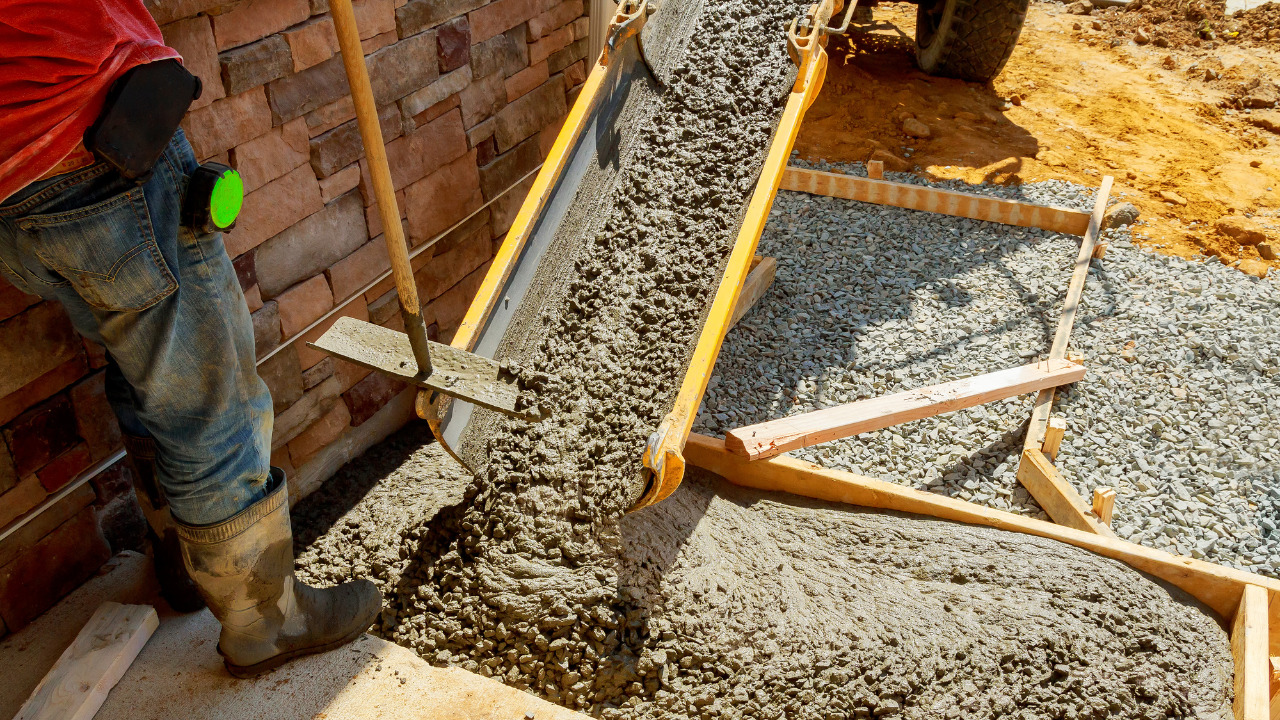
Another striking feature of the RMC system is that if desire a certain level of workability of concrete, you can choose for your engineered mix to get the required properties. However, the use of RMC is not economically feasible if large quantities of concrete are to be produced for a project. This is because even if the produced concrete offers a consistent quality just because it is manufactured at a plant under controlled conditions, the delivery of the concrete is to be done from the plant to the site using transit mixers that have a fixed volume.
-
Precast Concrete Systems
As the word indicates, precast concrete systems deal in manufacturing and transporting precast units to the construction site where they simply need to be installed. Doesn’t this sound facile? For sure, it does make a lot of work easy on the construction site but for that to happen, a great deal of accuracy, proper design and fool-proof concrete casting is required in the factory.
Precast systems are best for massive or large-scale and complex construction works such as long span bridges. The concrete components such as beams, columns, slabs, walls, etc. are produced in the factory either by pretensioning or post-tensioning, depending upon need.
The casting of precast units is done in prefabricated and reusable molds on the basis of an engineered mix design to target the required properties. Think of a member shape and you can customize the molds and get it prepared offsite in precast factories who will hit you up once the product is ready. This pretty much sounds like some distressing work on part of the contractor as well as the client.
These concrete systems make it a lot easier to expedite the construction work on site and bring your structure into serviceability as soon as possible.
Differentiating Pretensioned and Post-tensioned Concrete Members
So, the question comes that what is the difference between casting of a precast, pretensioned member and that of a precast, post-tensioned member? The answer lies in the different methods by which these members are prestressed.
Prestressing indicates that the steel strands that are placed inside the concrete are subjected to a certain level of tensile stresses and the stresses are later on released and transferred to the concrete, producing a camber against the direction of applied transverse loading. By now, you must have guessed the purpose of providing this camber and we are glad to get an echo of your correct answer.
Every concrete beam when subjected to transverse loading bends in a particular direction; it smiles (sags) or pictures a sad face (hog). What prestressing does is that the side where tensile stresses are anticipated to get developed when the member is loaded, that side of it is priorly subjected to opposite compressive stresses, so that when loading is applied, the induced stresses level off the magnitude of stresses produced by transverse loading to some extent.
Precast concrete systems provide multiple advantages and also have a few drawbacks. The pros and cons of using this concrete system for your project are detailed below;
- The precasting process ensures quality control at the factory and all the products are expected to have consistent quality and strength. The advantage of this is that you will not see variability in the member performance, minimizing on-site vulnerabilities.
- With precast concrete, you can expect the construction time to reduce a great deal. If the entire structural and non-structural concrete members are precast, they only need assemblage and proper connection at the site. Even if the construction is partially constituted of precast members, the speed of work can site can still be expedited.
- Precast concrete members offer durability and longevity since they are made up of high-quality materials under controlled conditions of manufacturing.
- As far as sustainability is concerned, precast concrete systems provide this liberty of customizing the raw materials for concrete. Therefore, precast concrete made from recycled materials or environment-friendly alternatives is a good option. The advantages of doing so will be to reduce the carbon footprint as a global perspective.
- Precast concrete systems offer flexibility in design and manufacturing. You can target any strength (by tailoring the materials and composition), shape, surface finish, etc. depending upon the specifications of your project.
-
Self-Consolidating Concrete Systems
Before we discuss what this type of concrete system has to offer, we must first know what is self-consolidating concrete? Think of it as a concrete type that says I am sufficient for myself to compact me. This might sound tad funny but a revolution in concrete technology unveiled that by proportioning the ingredients of concrete in a certain way, it will not require any external effort or mechanical equipment to compact and reduce the voids and the concrete itself will do so under its own weight as it is poured to get the desired shape.
This type of concrete is termed ‘self-compacting’ or ‘self-consolidating concrete’. Three conditions are necessary to qualify a concrete for self-compaction. These include;
- Flowability
- Passing ability through reinforcement
- Stability (i.e., resistance to segregation and bleeding)
This means that this type of concrete is highly fluid-like and the consistency is obtained by adding admixtures that are called high-range water reducing admixtures (HRWRA). Now, self-consolidating concrete systems involve producing this concrete type that offers high workability and passes easily around the reinforcing steel.
No external compaction or vibration is required to remove the entrapped air from plastic or wet concrete when it is poured into the formwork to get the desired shape. You might think it is not a big deal to just avert compaction, however, if you think about the manual effort, time saving and economy it begets for large-scale concreting works, you will definitely give it a thumbs up.
The question that still would be roaming around in your minds is the mechanism of action of the ingredients that make up self-compacting concrete. Let us discuss in details what happens in the microstructure of concrete when the definite ingredients are all shaken up in due proportions.
Working Mechanism and Mix Design Guidelines for Self-Compacting Concrete
In order to achieve self-compactability, some key measures are to be taken in the mix design process. These include reduction of the water-to-cement ratio, limiting the coarse aggregate content and introducing super-plasticizers.
The working mechanism of viscosity modifying agents (VEAs) is pivotal in making this concrete type. VEAs are derivatives of cellulose or starch and when added in concrete, they cause water retention by adsorption and swelling. As a consequence, there is formation of a gel network by polymer molecules. This also prevents bleeding and segregation in the concrete.
Advantages of Self-Compacting Concrete Systems
This type of concrete system is usually manifested for large-scale and complex projects. The advantages of this concrete system are manifold, some of which are given as follows;
- If prepared and handled with caution and care, self-compacting concrete prevents honey-combing and gives a surface texture better than conventional or ordinary concrete since it reduces the surface voids.
- The labor and equipment costs are substantially reduced in case of self-compacting concrete. This is because no external vibration equipment is needed and the concrete only needs to be poured in the formwork following by the finishing operation.
- The workability of self-compacting concrete is more than that of ordinary concrete. This allows ease in placing concrete in congested areas that are hard to access for concreting work and even harder to ensure placement and finishing operations. In addition, with self-compacting concrete, the defects related to inconsistencies in concrete can be subsided.
- Self-compacting concrete systems provide durability and reduce the concrete porosity. The resulting concrete offers improved homogeneity of texture and is a resistant material.
- In case of traditional concrete, the placing and post-placing operations can sometimes be risky. However, with SCC, the risk of site injuries associated with concrete placement can be reduced.
- SCC offers design flexibility and can be used in a wide range of applications and for complex shapes and configurations. It can also be customized to make precast concrete members for a specific project.
Applications of Self-Compacting Concrete Systems
Self-compacting concrete is mostly used in large-scale projects because it is not very economical to be used in small-scale concrete construction works. The application depends upon various factors one of which is the necessity of going for this concrete type.
- Concrete members that are to be cast in tight spaces, such as narrow widths or congested reinforcements make the casting and compacting process difficult. In such cases, self-consolidating concrete can make the work easy for you.
- The filling ability of this concrete type makes it use advantageous in areas where concrete must flow long horizontal distances and where high placement energy is required such as that generated by pumping or by gravity on a large mass of concrete.
- The applications of this type of concrete system can range from unreinforced or lightly-reinforced sections to narrow sections containing highly congested reinforcement. Therefore, it can be used in the construction of dams, slab-on-grade, bridges, precast elements, etc.
- It can also be used in the construction of high-rise buildings for which pouring concrete by methods that require subsequent compaction can be tad challenging.
-
High-Performance Concrete Systems
High performance concrete systems involve concrete production with special properties imparted such as high strength, environment-resistance, augmented durability, etc. These improved properties can be achieved by the addition of certain additives that we shall discuss in a while.
High-performance is profoundly used in the construction of bridges, tunnels, high-rise buildings, etc. The question arises that how is such a high performance of concrete attained and what exactly is to be added to manifest it?
The answer is that some key ingredients such as supplementary cementitious materials (such as fly ash, silica fumes, slag, etc.) along with some chemical admixtures to tailor the properties of concrete as desired. The economic picture of high-strength concrete clearly indicates that it is not an economically viable option for small-scale project, however, the benefits it projects where used are manifold.
The development of high-performance concrete system is based on three basic principles;
- To enhance the homogeneity of the matrix by eliminating or considerably reducing coarse aggregates
- To enhance and optimize the packing density of the matrix by proper gradation and mixture proportions
- To enhance concrete ductility through the introduction of fibers
Following are some of the key advantages of relying on high-performance concrete (HPC) systems.
- High-performance concrete offers augmented strength (both in compression and flexure) along with durability. This makes its use particularly advantageous for structural works demanding high strength and longevity.
- HPC offers great resistance to degradation by environmental agents such as harsh weathers, freezing and thawing cycles, sulphate or chloride attack, abrasion, etc. The durability aspect of HPC proves to be the key player in making resilient structures that last for decades.
- With HPC systems, you will have reduced maintenance costs because this type of concrete targets durability a great deal which means you will have to put in less to repair and maintain your structure over time.
- While targeting a high strength, you might just think that HPC systems will compromise on designs and creativity, offering little flexibility. However, it is just the opposite; with HPC systems, you will get design flexibility and you may cast any member irrespective of its size or shape.
- When recycled aggregates are incorporated into the concrete mix, HPC can result in sustainability and can help reduce the carbon footprints globally. However, a great deal of understanding of material behavior is required because recycled aggregates tend to lower the concrete strength in certain cases.
Applications of High-Performance Concrete Systems
Just like any other concrete system, high-performance concrete systems also have a wide range of applications, particularly in load-bearing, large and complex structural members such as bridge components (deck slab, stringers and floor beams, bridge piers, etc.), tunnels, concrete dams, etc. The flexibility of adjusting the concrete strength by adding supplementary materials makes this concrete type a go-to option for various construction works.
Which Concrete System to Choose for Your Project?
The answer to this question cannot be a one liner; it depends on a number of factors particularly on the specifications of your project. It is quite possible that for a particular concrete construction, two or more concrete systems are anticipated to perform equally well. The final choice is then made by weighing down all the pros and cons of these systems.
Factors such as environmental conditions, durability, economic constraints, aesthetic requirements, architectural limitations, etc. are all equally important while deciding the concrete system best for your project.
As a general guideline, ready-mix concrete systems are the best choice if you want to expedite the construction work for a small to medium-scale project. However, if the main goal is to attain durability in concrete, high-performance concrete systems can be a good choice. Ultimately, it is your project’s credentials that necessitate the employment of a particular concrete system.


